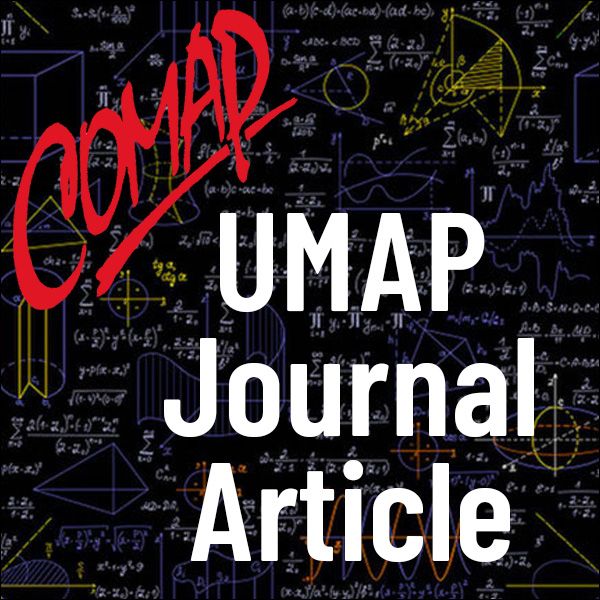The Variational Principle and Einstein's Gravity
Author: Jeremy Britton
Introduction
In Isaac Newton's theory, gravity is a force between masses. You are probably familiar with the equation, F = Gm1m2/r2, where F is the force, G is the gravitational constant,m1 andm2 are masses, and r is the distance between the masses. Newtonian equations of motion describe how gravity affects the movement of objects in space and time.
In Albert Einstein's theory, general relativity, gravity is not interpreted as a force. It is interpreted as a feature of curved spacetime. We discuss the following main ideas of the theory:
• Variational principle: Free objects move along paths that extremize proper time (think of these paths as straight lines). The calculus of variations can be used to find the paths.
• Gravity: Mass causes spacetime to curve. Free objects still move in straight lines relative to spacetime, but now spacetime itself is curved. You may have several initial questions, such as:
• What is proper time?
• How do you measure proper time?
• What does it mean for a free object to move along a path that extremizes proper time?
• How does mass change the shape of spacetime?
To explore these main ideas and to answer these questions, we play with mathematics. We do not take head-on the rather difficult mathematics of the calculus of variations and general relativity. Instead, we use straightforward mathematics that can be implemented in a spreadsheet to gain experience and familiarity with the principles and concepts.

Mathematics Topics:
Application Areas:
You must have a Full Membership to download this resource.
If you're already a member, login here.